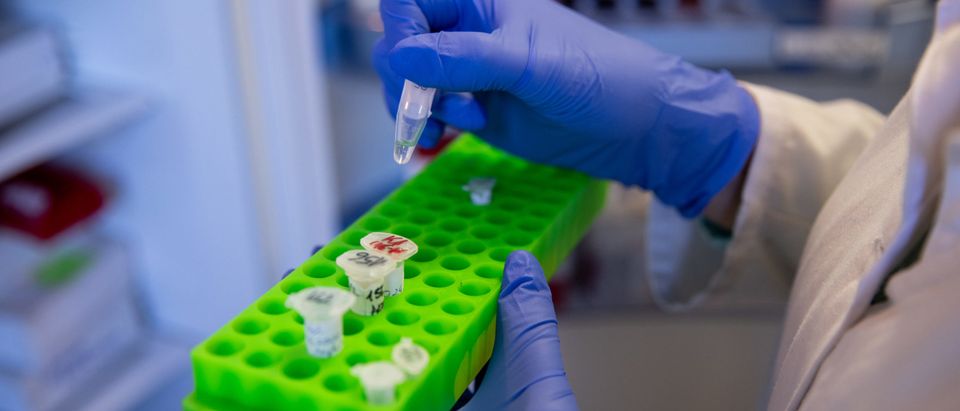An American scientist obtained deleted data originally from Wuhan University which indicated COVID-19 was in circulation prior to the outbreak connected to the Huanan Seafood Market.
Dr. Jesse Bloom, a scientist affiliated with the University of Washington, recovered deleted sequences of COVID-19 from early in the pandemic that are genetically more similar to bat coronaviruses than previously known sequences. The data was deleted by the National Institutes of Health from an agency database at the request of the Chinese researchers that entered it.
His study could lend more credibility to the theory that COVID-19 was spreading far before the Huanan wet market outbreak. It also potentially raises new questions about China’s lack of transparency.
There are also broader implications. First, fact this dataset was deleted should make us skeptical that all other relevant early Wuhan sequences have been shared. We already know many labs in China ordered to destroy early samples: https://t.co/3Uol5gdwON (16/n) pic.twitter.com/ajtm8SxfVu
— Bloom Lab (@jbloom_lab) June 22, 2021
Earlier reports have suggested that initial genetic sequences of COVID-19 were deleted or otherwise hidden from World Health Organization (WHO) investigators. Bloom said he was able to recover files for 34 early virus infections that were deleted from a National Institutes of Health (NIH) database. The samples were originally submitted as part of a Wuhan University project.
The NIH allows entities to remove samples from their database via email request. The agency confirmed Thursday that they had deleted the data in line with normal procedures when an entity requests them to do so. (RELATED: EXCLUSIVE: House Republicans Launch COVID-19 Origins Inquiry — Asking To Grill Fauci)
Scientists had been stumped by the fact that virus sequences collected from the Huanan market were more dissimilar to natural bat coronaviruses than sequences discovered later in the pandemic. In theory, the earliest collected samples should be the most similar to naturally known viruses, since proponents of both natural origin theory and the lab-leak theory tend to agree COVID-19 is a descendent of natural bat-based viruses.
It turns out that mention of the sequencing project in question (PRJNA612766) also disappeared from China National GeneBank (CNGB) shortly after it was removed from the NIH Sequence Read Archive. (2/n)
— Bloom Lab (@jbloom_lab) June 23, 2021
Those who argue for the lab-leak theory have pointed out that the deletion of these sequences was possible evidence of a coverup. Bloom highlights that not only were they deleted from the NIH database, but the project was also removed from the China National GeneBank shortly after its removal from the NIH archive.
The discovery also suggests that more untapped data may still be out there for scientists to analyze in order to identify the origin of COVID-19. The Biden administration recently ordered U.S. intelligence officials to investigate previously unanalyzed data troves that could shed light on the origin of the pandemic. (RELATED: Peter Daszak Removed From UN-Backed Commission Investigating COVID-19 After Admitting WIV Connections)
You didn’t get early case data, early sequencing data, not even market data. No banked samples, no patient samples. A paper just showed no bats or pangolins in Wuhan markets 2017-19.
You were shown the BSL4 although SARSrCoV work was BSL2/3. Didn’t ask for WIV database/records.
— Alina Chan (@Ayjchan) June 23, 2021
The WHO claimed it was content with accepting China’s explanation for not having the data. The investigators did not get early case data, early virus sequences or patient samples.


